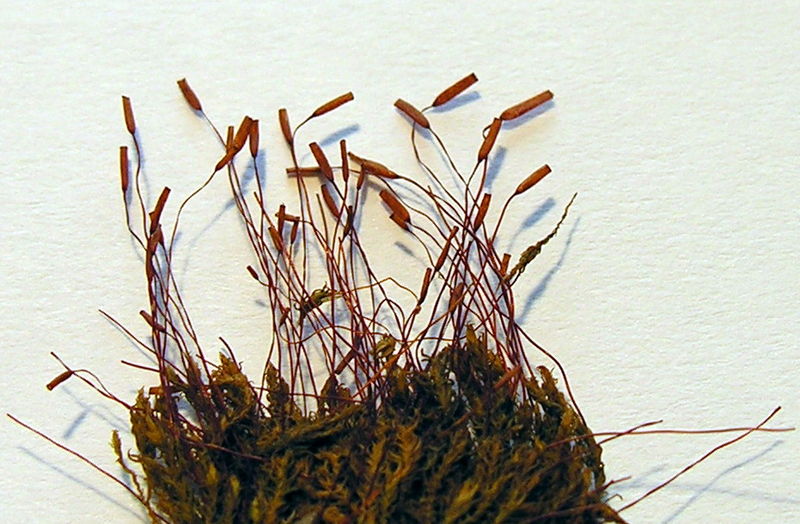
image from: http://azoresbioportal.uac.pt/pt/especies-dos-acores/didymodon-vinealis-11822/
Introduction
In the vast and fascinating world of bryophytes, one unassuming moss species stands out – the Didymodon pruinosus (Mitt.) R.H.Zander, a member of the Pottiaceae family, commonly known as Didymodon. This tiny, often overlooked plant plays a crucial role in its ecosystem, and its unique adaptations make it a true marvel of nature.
Background
Bryophytes, which include mosses, liverworts, and hornworts, are among the oldest and most primitive land plants on Earth. They have been around for over 400 million years, predating even the dinosaurs. Despite their diminutive size, these resilient organisms have survived through countless environmental changes and continue to thrive in diverse habitats worldwide.
Main Content
Morphology and Identification
Didymodon pruinosus is a small, acrocarpous moss that forms dense, cushion-like tufts or mats. Its leaves are lanceolate (lance-shaped) and crisped when dry, giving the plant a distinctive appearance. The leaf margins are recurved, and the costa (midrib) is excurrent (extending beyond the leaf apex). One of the most striking features of this moss is its pruinose (covered with a whitish or grayish bloom) appearance, which gives it a frosted or powdery look.
Global Distribution and Habitat
Didymodon pruinosus is widely distributed across the globe, found on every continent except Antarctica. It thrives in a variety of habitats, including rock crevices, soil banks, tree bases, and even disturbed areas like old quarries and roadsides. This moss is particularly well-adapted to dry, calcareous (lime-rich) environments, making it a common sight in arid and semi-arid regions.
Ecological Roles and Adaptations
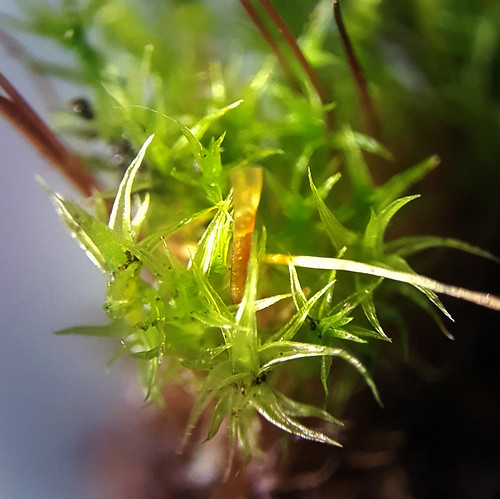
image from: https://www.flickr.com/photos/21657471@N04/49830390536/
Despite its small size, Didymodon pruinosus plays a vital role in its ecosystem. It helps stabilize soil, prevent erosion, and provide a microhabitat for other organisms, such as insects and microorganisms. Additionally, this moss is an excellent bioindicator, meaning it can be used to assess environmental conditions, particularly air quality and pollution levels.
One of the most remarkable adaptations of Didymodon pruinosus is its ability to survive extreme desiccation (drying out). When conditions become too dry, the moss can enter a state of
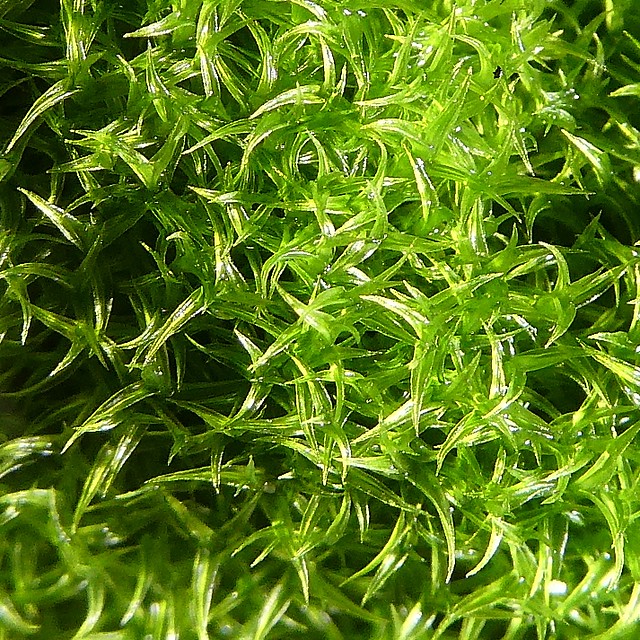
image from: https://www.flickr.com/photos/silybum/50796251326
cryptobiosis, essentially suspending its metabolic processes until water becomes available again. This incredible ability allows it to thrive in harsh, arid environments where other plants would perish.
Case Study: Didymodon pruinosus in the Mojave Desert
In the harsh, arid environment of the Mojave Desert, Didymodon pruinosus is a true survivor. This moss can be found growing on rocky outcrops, soil banks, and even in the crevices of desert pavement. Its ability to withstand extreme desiccation and its tolerance for high temperatures make it well-suited for this unforgiving habitat.
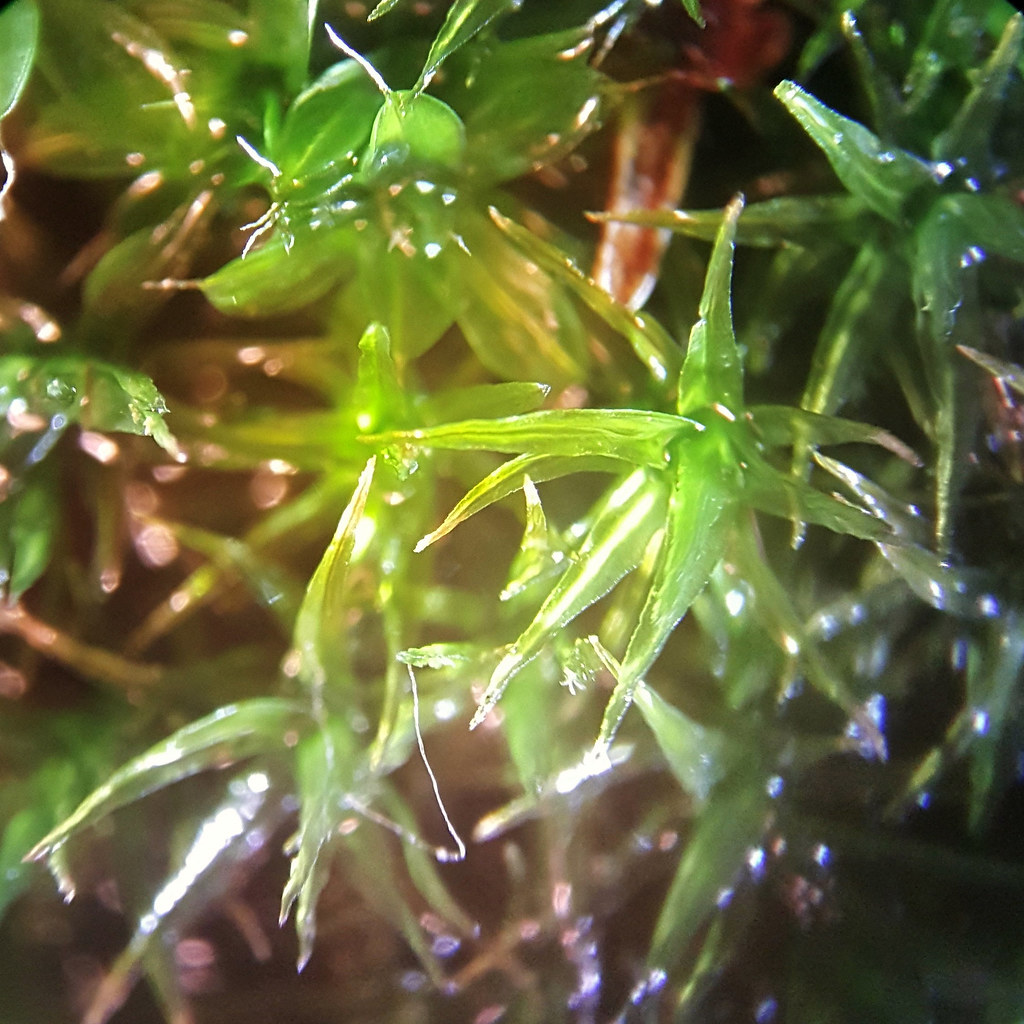
image from: https://www.flickr.com/photos/silybum/51705911232
Technical Table

image from: https://www.researchgate.net/figure/Didymodon-australasiae-Hook-Grev-RH-Zander-from-Russia-Zabaikalsky-Territory_fig1_305208831
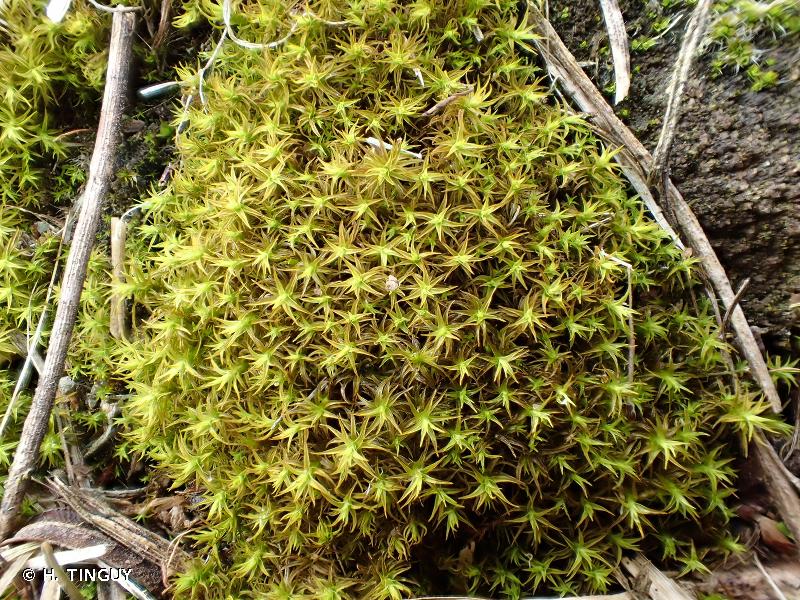
image from: https://inpn.mnhn.fr/espece/cd_nom/5302

image from: https://www.researchgate.net/figure/Figura-15-Uleastrum-palmicola-Muell-Hal-RH-Zander-a-b-Aspecto-geral-do_fig13_259822623
| Characteristic | Description |
|---|---|
Phylum
 image from: https://www.flickr.com/photos/silybum/50795502253 |
Bryophyta |
| Class | Bryopsida |
| Order | Pottiales |
| Family | Pottiaceae |
| Genus | Didymodon |
| Species | pruinosus |
Growth Form
 image from: https://www.researchgate.net/figure/Didymodon-jimenezii-holotype-A-Plants-when-dry-scale-in-mm-B-Plants-when-moist_fig1_305923335 |
Dense cushions or mats |
Leaf Shape
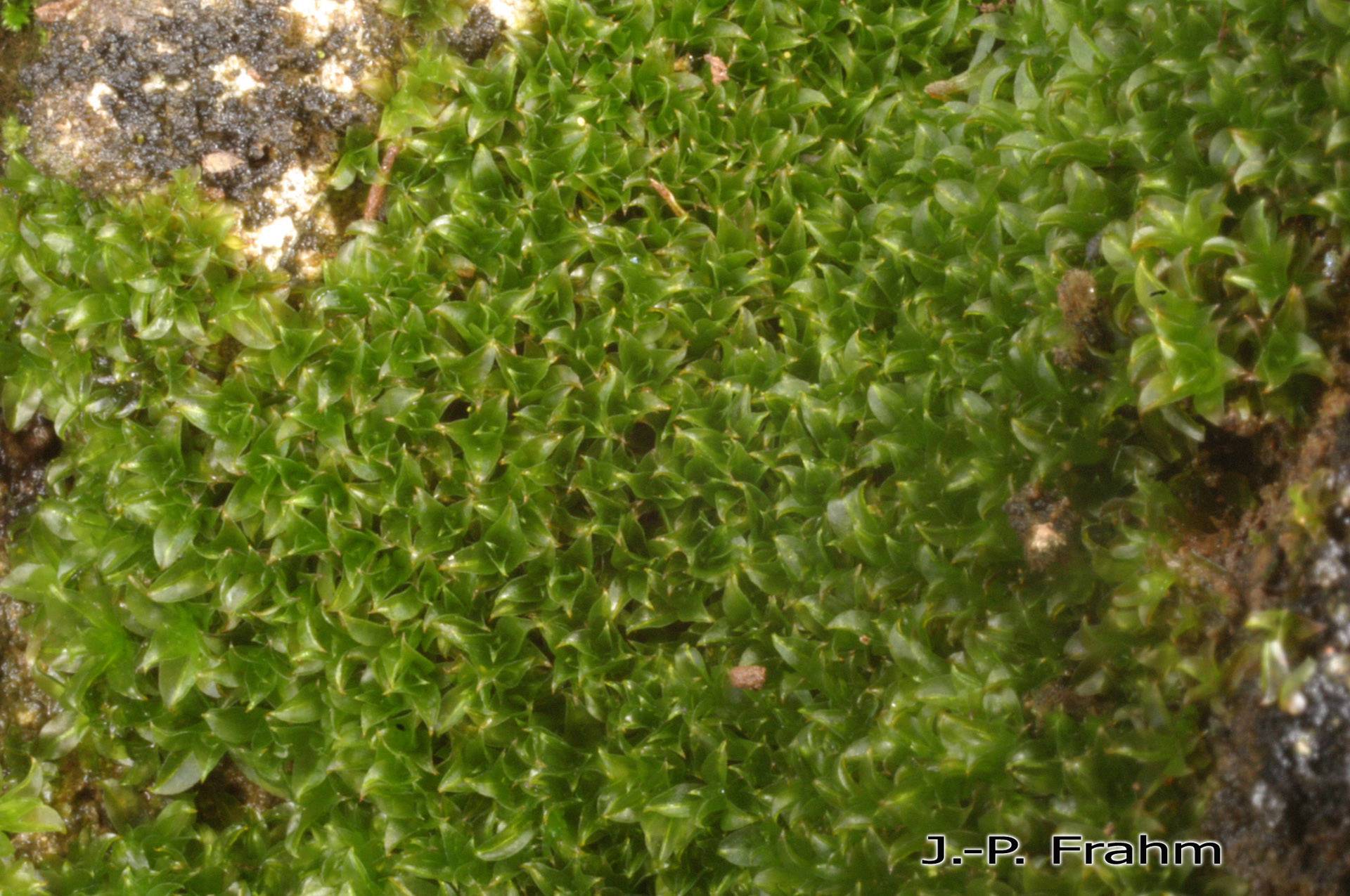 image from: http://azoresbioportal.uac.pt/pt/especies-dos-acores/chenia-leptophylla-11918/ |
Lanceolate, crisped when dry |
| Leaf Margin | Recurved |
| Costa | Excurrent |
| Appearance | Pruinose (whitish or grayish bloom) |